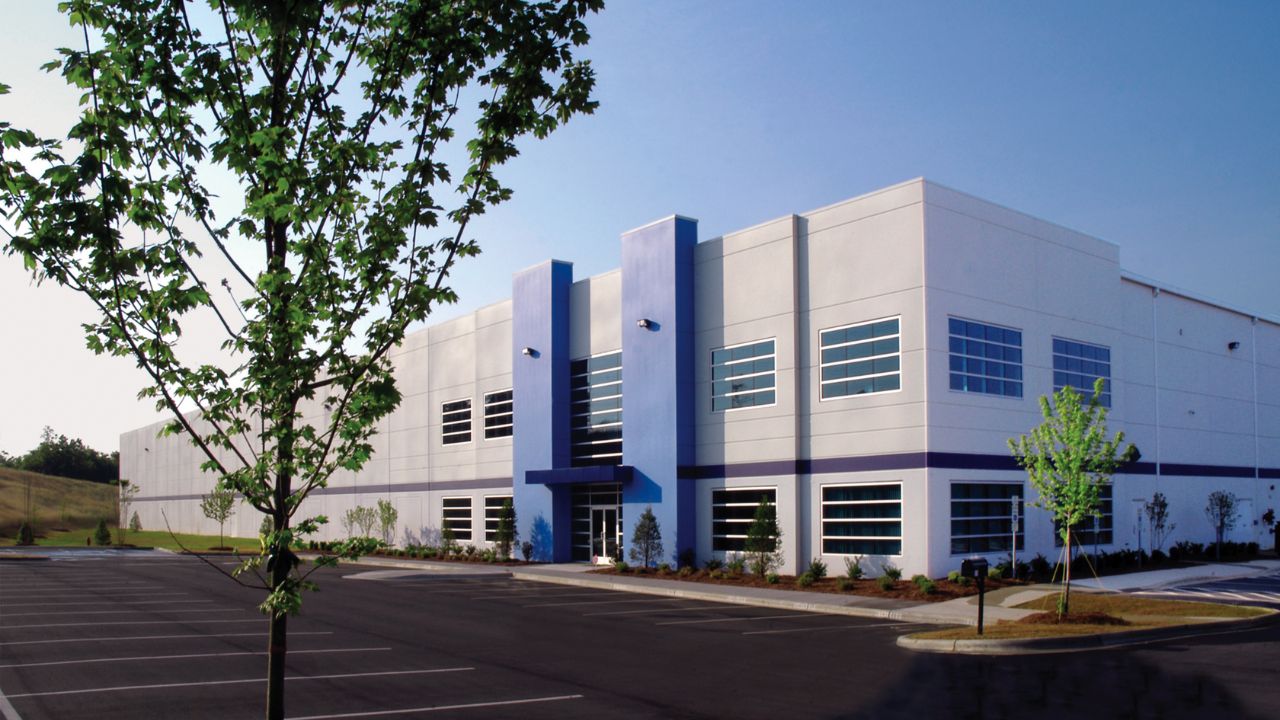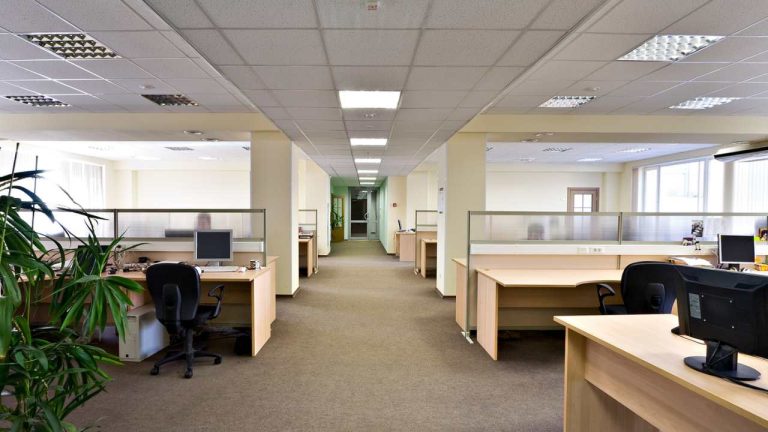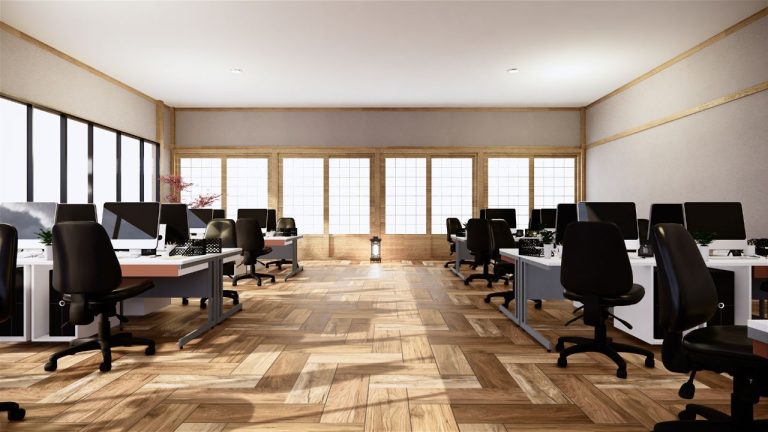Aligning Lease Negotiations to the Commercial Property Market
When it comes to negotiating a lease on a commercial office property, make sure that all the factors of the lease negotiation are aligned with the intentions and requirements of the client. The payment of your commission depends on the outcome of the lease transaction for your client.
Generally, you will be acting for the landlord (although at times you may be working as a tenant advocate or agent). What is the best outcome for your client from a leasing perspective? How can you improve that outcome?
Every investment property in every marketplace will be different when it comes to rental standards and market evidence. Gather all of the relevant facts when it comes to preparing for your lease negotiation for your client.
It is all too easy to shift focus from the landlord to the tenant in any lease negotiation; when that happens, the negotiation can get out of control. Remember your client and their needs, then prepare for the lease negotiation around those requirements.

Agents Join Us Here
Let us give you more real estate ideas and solutions
If you are an agent or broker in commercial real estate, we would love to share our ideas and strategies to help your sales, leasing, and property management activity. Check it out.
Tips for Leasing Negotiations
Here are some more ideas to help you negotiate commercial property leases effectively and directly:
- Rental Range – Set the lease rental range based on market evidence and established market conditions. Every property will be different when it comes to quality and location. That will have an impact on rental and lease terms. Brief your client completely so they know what rents are quite achievable in today’s market conditions.
- Rental Type – Choose the right rental type to suit the property type and its age. There are differences to consider in the net and gross rental alternatives. What type of rent will suit the landlord’s cash flow?
- Market Evidence – Gather the correct market rental evidence to suit the rental type. Inspect the comparable properties so you understand that you are really comparing ‘like with like’.
- Incentives – The local supply and demand for property will have an impact on incentives in any lease transaction. The tenant may want an incentive to move into a lease offer. That incentive could be rent-free or fit-out-related; either way, the incentive should not be free. If you are giving the tenant something of value to lease vacant premises, then that is a cost to the landlord. That cost should be amortised into a lease cash flow over the initial lease term.
- Terms and conditions – Set the correct terms and conditions for the property lease by having a discussion with the landlord before you market the vacancy. Critical issues like outgoings recovery, lease term, option, make-good, and permitted use should all be considered and set before you take a property to the market.
- Deposit – If a tenant is to make an offer on a lease, then they should also pay a reasonable deposit. Typically, the deposit will be 2 months’ rent paid in advance.
- Bonds and/or Guarantees – How much bond money or what bank guarantee should you ask for from the prospective tenant? Any tenant may default under the terms of their lease; the bond or bank guarantee has to protect the client in such situations. Typically, the amount required would be between 3 and 6 months’ rent and outgoings. It is in the interests of the tenant to keep that figure low; it is in the landlord’s interests to keep that figure high.
- Fitout availability – If the property contains an existing fitout then that could be of benefit to the lease transaction and help in attracting a tenant. Determine what should happen to that fitout at lease end and allow for that activity in the make good clause of the lease.
- Landlord works – If the landlord is to undertake particular works in the premises in preparing for the tenant occupancy then allow sufficient time for those works to occur. Make sure that you compile a premises condition report for the premises including the landlord’s works prior to handing the property or premises across to the tenant.
- Get the lease signed as a priority – Many tenants ask for access early in preparation for occupancy. The rule is that access should not be given to a tenant until the lease document is completely signed an accepted by all parties. In addition to that requirement, all monies under lease should be paid together with the provision of the bank guarantee or bond money.
- Fit-out plans and drawings – As part of a lease negotiation, the tenant may provide the fit-out plans and drawings for the tenancy to the landlord for consideration. Those drawings should be compared to the capabilities and design of the building, the services, and the amenities. You may need to refer to the as-built drawings for the property to check that information. You may also need to refer to the appropriate consultants who are familiar with the building design and capabilities.
So there are plenty of things to do when it comes to considering and negotiating a lease in a commercial office building. Many of those things can be investigated and prepared for well in advance, and certainly prior to the involvement of any tenant and the commencement of any lease negotiation.







